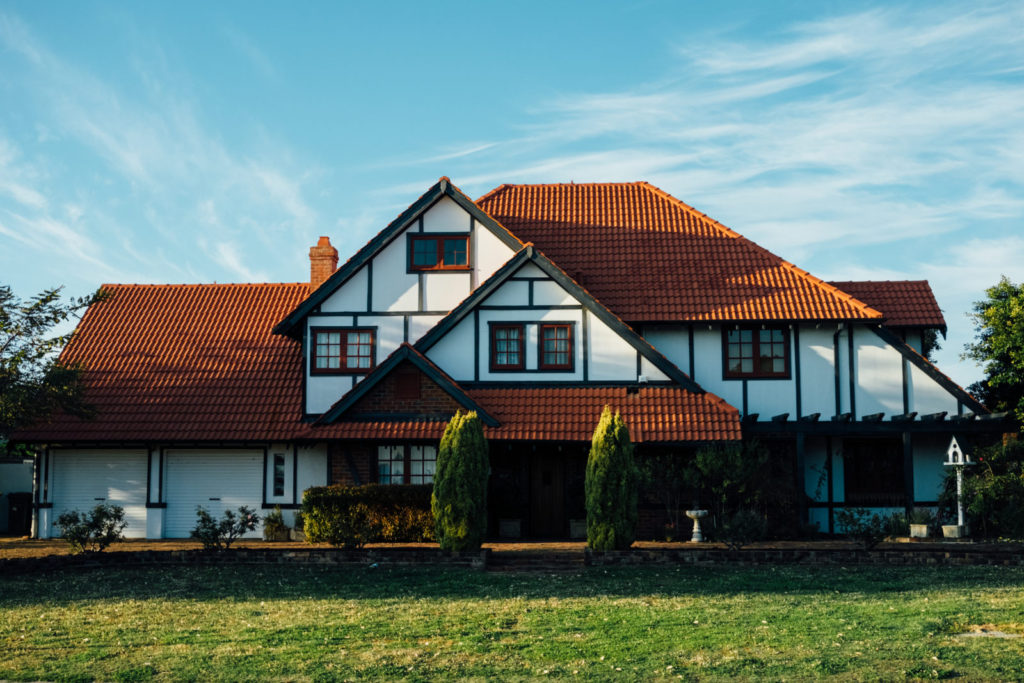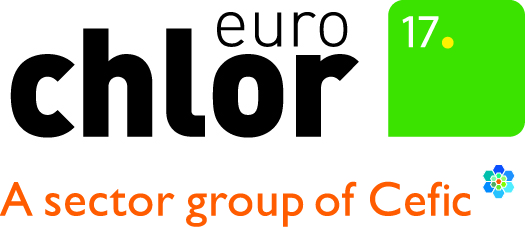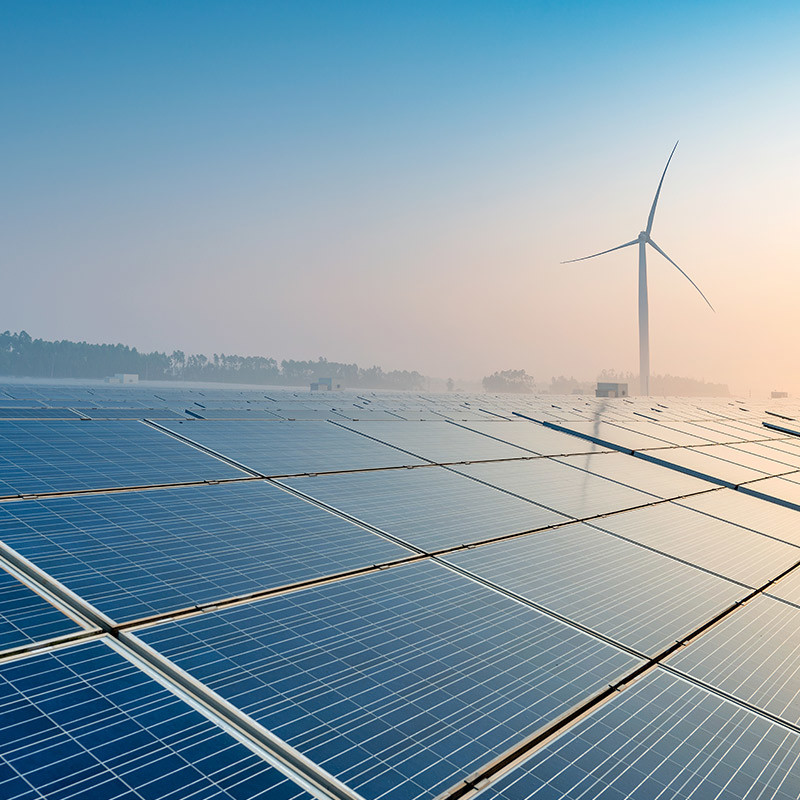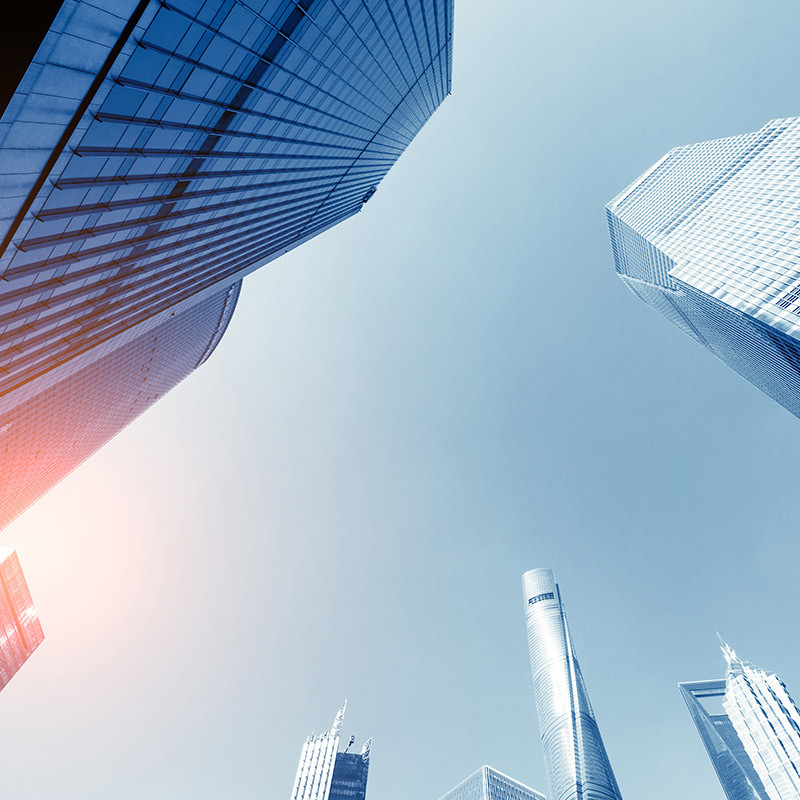The house with no heating system
These so-called zero-energy buildings require most of the very small amount of energy they use to be provided from renewable sources, produced onsite, for example solar energy. The vast majority of today’s solar panels are made up of a series of high-purity silicon solar cells. High purity silicon is produced by heating hydrochloric acid and a compound called trichlorosilane together to temperatures above 1000⁰C.
Another energy saving measure than can be incorporated into zero-heating-cost houses is triple glazed heat-reflecting windows made with specially coated window panes that are held together with polyvinylchloride (PVC) frames. The triple-glazed windows are filled with an inert gas with better insulating performance than air.
Other features of zero-energy housing include highly-efficient insulation materials and ventilation systems that maximize heat recovery. Even human body heat is efficiently used.
The EU Energy Performance of Buildings Directive (Directive 2010/31/EU) requires that by 2020 all new buildings must be nearly zero-energy buildings.
> Learn more on a house with no heating in the United Kingdom: the ChlorinThings solar panels and insulation materials help a lot! Watch this video.




